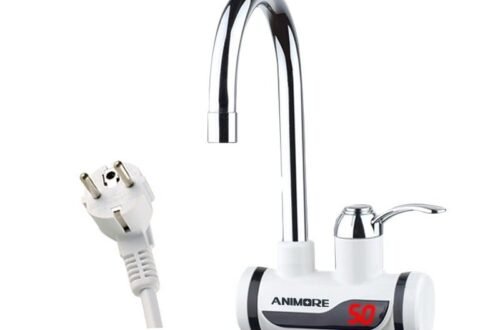Understanding the Role of Water Quality Sensors
Water quality sensors are cutting-edge devices designed to measure various parameters that determine the health and safety of water. These include pH, temperature, turbidity, dissolved oxygen, and conductivity. Their primary function is to detect pollutants and ensure water complies with environmental and safety standards. These sensors are essential in applications ranging from drinking water systems to aquaculture and wastewater treatment. As water contamination becomes a growing concern globally, these sensors have become an indispensable part of modern water management strategies.
Key Technologies Behind Sensor Performance
The effectiveness of water quality sensor lies in their underlying technologies. Optical sensors, ion-selective electrodes, and electrochemical probes are commonly used to measure specific contaminants. Innovations like real-time data transmission, wireless connectivity, and cloud integration have enhanced their capabilities significantly. Many modern water quality sensors now come with self-cleaning features, automated calibration, and multi-parameter measuring capabilities. These improvements not only boost accuracy but also reduce the need for frequent maintenance, making them highly reliable for both short- and long-term deployments.
Applications in Various Sectors
Water quality sensors are widely used across multiple sectors. In agriculture, they help monitor irrigation water to ensure crops receive safe, contaminant-free water. Municipalities rely on them to maintain the safety of drinking water supplies, while industrial facilities use them to meet discharge regulations. In environmental research, sensors are crucial for tracking the health of rivers, lakes, and oceans. Their versatility also extends to disaster response, where quick deployment helps assess floodwaters or chemical spill zones, minimizing public health risks.
Benefits for Environmental and Public Health
One of the most significant advantages of water quality sensors is their contribution to public health. By detecting hazardous contaminants early, these devices prevent outbreaks of waterborne diseases and environmental damage. Real-time monitoring allows authorities to take swift action when water quality declines, ensuring safe drinking water and protecting aquatic life. Moreover, these sensors support regulatory compliance, helping businesses avoid fines and reputational harm while promoting eco-friendly practices.
Future Trends and Innovations
The future of water quality sensing is promising, driven by rapid advancements in nanotechnology, machine learning, and IoT integration. Upcoming sensor models are expected to be smaller, more energy-efficient, and even more accurate. With AI-based analytics, these sensors will soon be able to predict contamination events and suggest preventive measures. Smart city infrastructure will likely incorporate these sensors for continuous water monitoring, making water quality management more proactive than reactive. These innovations signal a major leap toward sustainable water use and long-term environmental stewardship.


